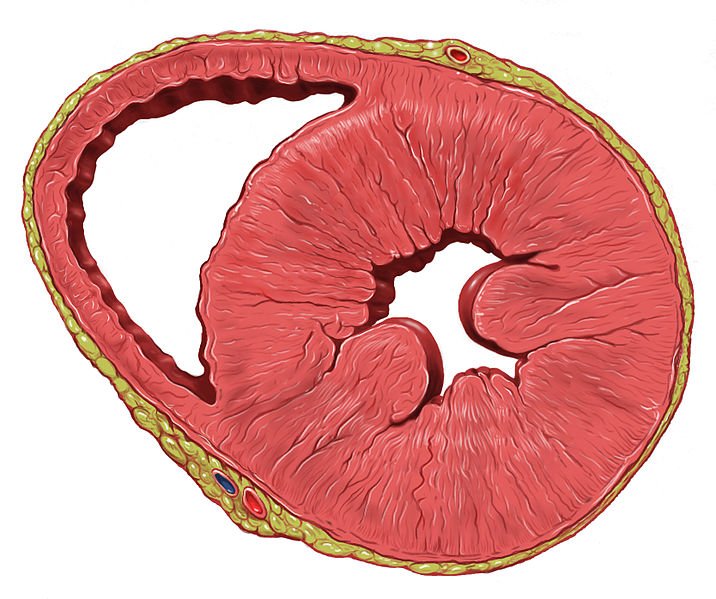Playlist
Show Playlist
Hide Playlist
Cell Injury and Adaptation: Introduction
-
Slides Cellular Pathology Adaptation to Injury.pdf
-
Reference List Pathology.pdf
-
Download Lecture Overview
00:01 All right. 00:03 The next topic that we're going to talk about in regards to cell injury and death is how tissues and cells fight back. 00:10 They adapt to injury. 00:12 They don't just get hit and call it a day. 00:15 They do adapt. 00:18 Here's our road map. 00:19 We've previously talked about an overview. 00:22 We've talked about things that can cause injury and how those insults actually generate injury within cells and tissue. 00:32 And now we're gonna talk about how tissues and cells adapt injury rather than just die. 00:38 Remember our original kind of overview, where you have on the left hand side things living within a normal homeostatic world and normal levels of pH and oxygen and nutrition etc. 00:52 And then injury happens, and we get potentially increased or decreased activity. 00:59 That's adaptation to maintain cellular viability and to maintain the integrity of the total functioning of the organism. 01:08 So we're trying to maintain normal homeostasis. 01:11 An important point that we will touch on is that adaptation can be maladaptive. 01:19 And just as an example, let's say that we have hypertension and the heart has to pump higher at greater velocities with greater ATP use to generate higher pressures. 01:36 When that happens, the individual cells get bigger and bigger and bigger. 01:40 That's all they could do. 01:41 We cannot make more heart cells, but those bigger and bigger cells are not necessarily getting more and more and more blood supply. 01:47 The blood supply stays the same. 01:50 So that adaptation, at a certain point the cells get too big and the diffusion distance from the nearest capillary gets too short, and you have cells that become relatively ischemic or hypoxic. 02:03 And so that adaptation that initially maintains normal profusion of the body against higher pressure can become maladaptive over time and you can have heart failure. 02:15 All right, just a general, high level concept. 02:18 But let's get down a little bit more into the weeds. 02:22 We're gonna look at several adaptive changes. 02:26 Atrophy- cells getting smaller, tissues getting smaller. 02:30 We're gonna look at hypertrophy- cells getting bigger, tissues getting bigger Hyperplasia- cell number increasing. 02:39 Metaplasia- change of cell from one mature adult form to another one. 02:46 We'll talk about subcellular responses, things going on within individual cells and then we won't touch on dysplasia today. 02:55 But keep in mind that adaptive change might also involve things becoming potentially malignant because of the accumulation of additional mutations. 03:06 First, atrophy.
About the Lecture
The lecture Cell Injury and Adaptation: Introduction by Richard Mitchell, MD, PhD is from the course Cellular Injury.
Included Quiz Questions
A maladaptive response of the heart to high blood pressure will lead to...?
- ...heart failure.
- ...increased heart contractility.
- ...increased blood supply to the myocytes.
- ...decreased size of the myocytes.
- ...preservation of peripheral perfusion.
What is the goal of adaptation?
- To maintain homeostasis
- To speed up overall treatment time for all patients
- To eliminate the need for imaging during treatment
- To correct DNA mutations
Customer reviews
5,0 of 5 stars
| 5 Stars |
|
1 |
| 4 Stars |
|
0 |
| 3 Stars |
|
0 |
| 2 Stars |
|
0 |
| 1 Star |
|
0 |
1 customer review without text
1 user review without text





